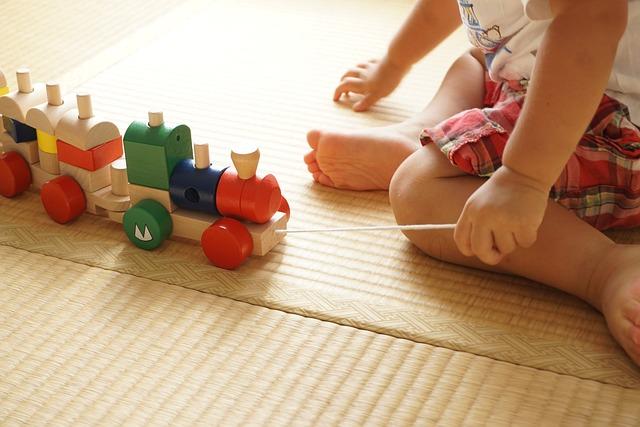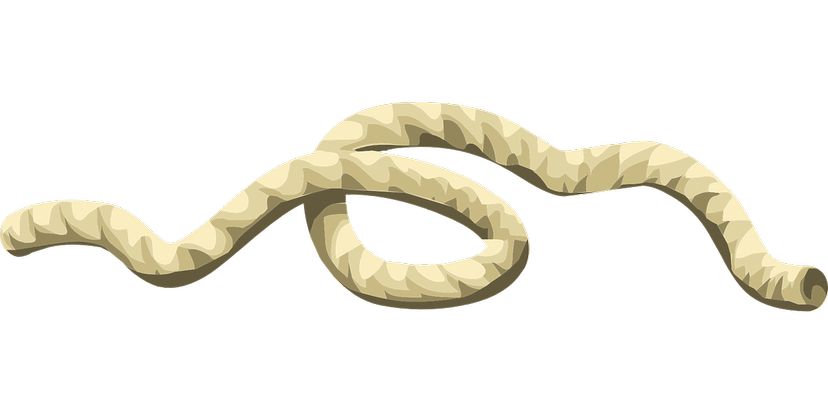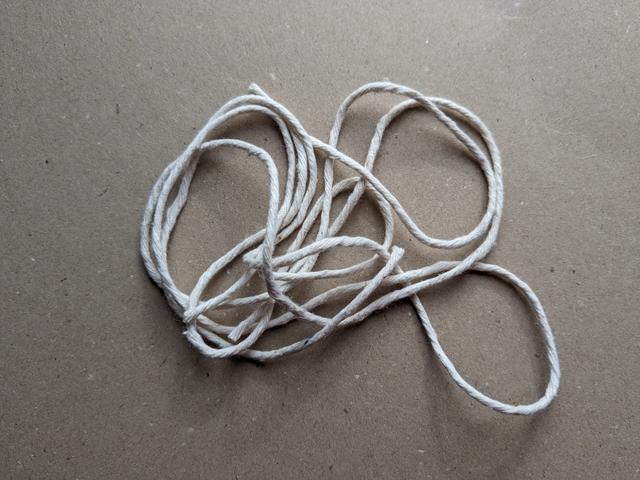Myths about teaching can hold you back
- Year 4
Vibrations and solid materials
I can explain how sounds can travel through a solid medium to our ears.
- Year 4
Vibrations and solid materials
I can explain how sounds can travel through a solid medium to our ears.
These resources will be removed by end of Summer Term 2025.
Switch to our new teaching resources now - designed by teachers and leading subject experts, and tested in classrooms.
These resources were created for remote use during the pandemic and are not designed for classroom teaching.
Lesson details
Key learning points
- Sound travels from an object through a medium to our ears.
- Vibrations can be heard when travelling through some solids, such as taut string and cups.
- Scientists use results to make simple conclusions and raise further questions.
- Vibrations travel through a solid medium more quickly. We can hear these sounds louder and more clearly.
Keywords
Vibrations - Vibrations are when an object moves very fast from side to side.
Medium - Vibrations need a medium to travel, such as a solid, liquid or gas.
Solid - A solid is something that holds its shape and is not a liquid or a gas.
Taut - Taut means to be stretched firmly or tightly.
Conclusion - In a conclusion, scientists explain what the results show or mean.
Common misconception
Children often think that sounds will be quieter and more muffled when travelling through a solid medium.
It is important for children to try string telephones out for themselves to hear how sounds can be louder and clearer travelling through a solid medium.
To help you plan your year 4 science lesson on: Vibrations and solid materials, download all teaching resources for free and adapt to suit your pupils' needs...
To help you plan your year 4 science lesson on: Vibrations and solid materials, download all teaching resources for free and adapt to suit your pupils' needs.
The starter quiz will activate and check your pupils' prior knowledge, with versions available both with and without answers in PDF format.
We use learning cycles to break down learning into key concepts or ideas linked to the learning outcome. Each learning cycle features explanations with checks for understanding and practice tasks with feedback. All of this is found in our slide decks, ready for you to download and edit. The practice tasks are also available as printable worksheets and some lessons have additional materials with extra material you might need for teaching the lesson.
The assessment exit quiz will test your pupils' understanding of the key learning points.
Our video is a tool for planning, showing how other teachers might teach the lesson, offering helpful tips, modelled explanations and inspiration for your own delivery in the classroom. Plus, you can set it as homework or revision for pupils and keep their learning on track by sharing an online pupil version of this lesson.
Explore more key stage 2 science lessons from the Introduction to sound unit, dive into the full primary science curriculum, or learn more about lesson planning.

Equipment
String, scissors, cups with holes pre-cut.
Content guidance
- Risk assessment required - equipment
- Exploration of objects
Supervision
Adult supervision required
Licence
Prior knowledge starter quiz
6 Questions
Q1.Match the medium to the object.
spoon
shampoo
steam
Q2.Which body part is used to hear sounds?
Q3.Sound waves need to travel through a in order to reach our ears.
Q4.Why can sound not be heard in outer space?
Q5.What causes sounds to be heard?
Q6.Which sentence best describes sounds travelling through a liquid medium?
Assessment exit quiz
6 Questions
Q1.Sound needs to travel from an object through a to be heard.
Q2.Which picture shows a taut string?





